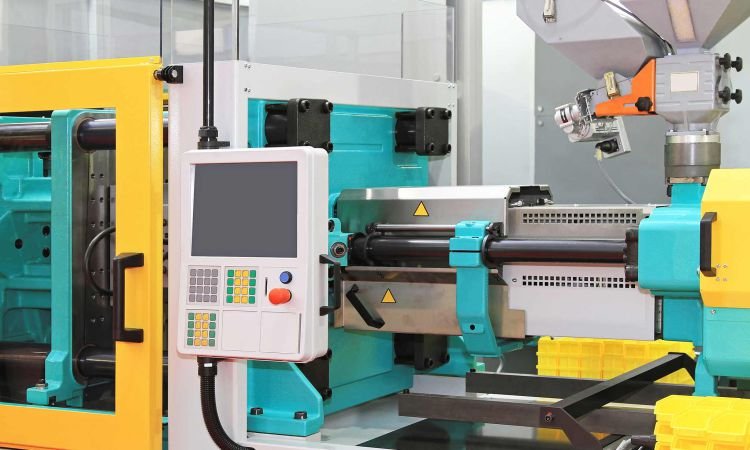 Products are shaped using molds during the delicate and sophisticated process of injection molding. Plastics and other materials are heated until they are melted, then fed into a mold where they cool and harden into the desired shape.
Products are shaped using molds during the delicate and sophisticated process of injection molding. Plastics and other materials are heated until they are melted, then fed into a mold where they cool and harden into the desired shape.
The process is called injection molding because it follows the same method of injecting fluids through a syringe. So, using an injection molding machine, different products can be produced in large quantities and in record time; injection molding is commonly used to make several or multiple identical parts from a mold.
Types of Injection molding
There are various kinds of injection molding procedures, such as:
- Thin-wall injection molding
- Metal injection molding
- Gas-assisted injection molding
- Micro injection molding
- Die casting
- Reaction injection molding
- Liquid silicone rubber injection molding
- Cube molding
Materials Used for Injection molding
Injection molding can be done with different materials, including confections., metals, elastomers, and glass However, the most commonly used materials for injection molding are thermosetting polymers and thermoplastic.
Materials can be mixed to produce different properties and give the products a unique finishing effect.
Application of Injection Molding
Injection molding can be used for many applications where a mass and repeatable production process is required. This includes producing items such as bottle tops, combs, musical instruments(and components), wire spools, packaging, chairs, small tables, mechanical parts, automotive parts and components, storage containers, etc.
Although there are several methods, injection molding remains the most common method for producing plastic parts, especially in large quantities.
However, certain factors need to be considered when injection molding:
Injection Molding Factors
There are a few factors to consider before going into injection molding, they include:
1. Financial factor
The cost of going into injection molding manufacturing can be high – considering the cost of the machinery and the molds.
2. Production Quantity
It would be best first to consider how many parts you wish to produce; this will enable you to decide whether injection molding is the best option or use another cost-effective method.
3. Design Factors
Reducing the number of parts and simplifying the structure, form, and shape of your items will facilitate the injection molding process. Also, the design of the mold tool is essential to aid the production of a perfectly shaped product.
4. Production Considerations
Reducing the cycle time will improve production, as well as using machines with hot runner molds. Making these changes and using hot runner systems can help save production costs. You can also save costs by minimizing assembly requirements, specifically if you produce multiple parts.
How To Reduce Mold Costs?
Manufacturing an item or product through injection molding can be expensive. However, there are ways you can manage and reduce mold costs; they include:
- Eliminate undercuts
- Remove unnecessary features
- Use a core cavity approach
- Reduce cosmetic finishes
- Design parts that self-mate
- Modify and re-use existing molds
- Monitor DFM analysis
- Use a multi-cavity or family type of mold
- Consider your part sizes
Conclusion
The fastest way to mass-produce an item or product is through injection molding. The factors that should be considered before opting for injection molding and how to reduce mold costs have been treated in this article.




